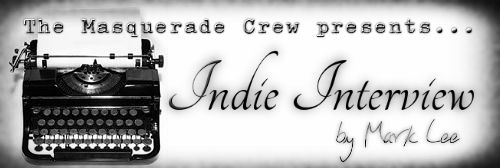Add depth to your characters. Indie Interview with @tobywneal #mystery


Follow @tobywneal
You live in Hawaii. What's that like? (Anything like the movies?)
Hawaii is better than advertised.
Year-round wonderful temperatures, gorgeous views, beautiful ocean and beaches.
We do have our problems, though, and it’s those contrasts that fascinate me. I
write about the contrasts between beautiful nature and ugly human behavior, and
the unique challenges we face here as an island state relying on tourism. That
sounds so travel brochure, but what I mean is: extreme wealth of off island
mansion owners vs. extreme poverty of hotel workers (Broken Ferns) art,
gambling and sex trafficking in paradise (Black Jasmine) rape and murder on the
slopes of primordially beautiful Kilauea Volcano (Blood Orchids) just to name a
few. As a clinical social worker doing therapy with people, I see and hear it
all.
You wrote and illustrated your first
story at age 5. What was the story about?
I often work with children in therapy,
and part of that is art interpretation. When my first book came out, my mom
gave me a copy of an illustrated story of a dream I did at age five, dictating
the words to her to write down. It was clear as day to me now: two baby birds
in a nest whose father bird didn’t want them fed. The mother bird fought to
feed the babies and chased the father bird away. My eyes bugged out at such an
accurate interpretation of what was going on in our family at the time—my
father was an alcoholic who resented me and my sister’s birth. Out of the pens
of babes! (Also has something to do with why I became a mental health
therapist.)
Your counseling background has given you
the ability to add depth to your characters. Do you have any tips for writers
who don't have a counseling background? What are good ways to add depth?
People say one of my strengths as a
writer is my use of dialogue. Being a therapist has honed my ear and memory to
an “uncanny” (according to one client) degree because of the skill of
“tracking.” This is where you listen and summarize, re-interpret, or feed back
a client’s words to them for them to think about.
I also do mental health evaluations and
diagnose people, so I can detect mental health patterns and diagnoses in just a
short time with a client from their story and symptoms.
These skills allow me to close my eyes
and construct conversations between my characters that ring true with real speech patterns. I can also show pathology
through action on the page that’s authentic to various types of criminal
behavior, and most notably for the symptoms and recovery of Lei Texeira, my
main protagonist. (She’s a police officer who is a child sexual abuse survivor
and overcomes her past through the course of five books.)
What
can others do? Study.
Read the DSM-5 and really get familiar with the kinds of behaviors and diagnoses
that become criminal. Tape record conversations and listen to the pauses,
beats, shortened verbiage. Sit in a coffee shop and do the same. Soak it in
without your own bias. Become a student of human nature, and cultivate
curiosity. I am unbelievably curious, about pretty much everything, and now
that I’m writing so much, it’s all grist for the mill.
Would you like to receive a copy of Toby's author platform-building minibook? Fill out the following form, and we'll make it happen.